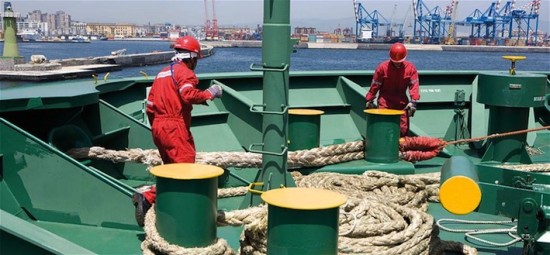Despite the important role played by seafarers in keeping the global supply chain efficient as well as the danger they faced on the high
seas, shipowners have continued to abandon the professionals with associated unpaid wages exceeding $12.1 million last year alone.
The International Transport Workers Federation (ITF), in its figures for 2023, said the rising seafarer abandonment is a cause for global concern.
ITF also stated that the rise in the number of vessels abandoned in 2023 shows is worrisome.
According to the ITF, a total of 132 abandonments were reported, which is 13 more than in 2022 – an increase of 10.92 per cent with most of those reports (129) made by the ITF.
Key findings of the report showed that the unpaid wages from the 129 ITF reported cases were more than $12.1 million, while 1,676 seafarers contacted ITF from the abandoned vessels.
“ITF has received more than $10.9 million in owed wages from 60 of these vessels so far. The final figure will exceed $12.1 million as cases take time to resolve and as other seafarers come forward, thereby increasing the amount of recoverable wages,” the report stated.
According to ITF, under the Maritime Labour Convention 2006 (MLC), seafarers are deemed to have been abandoned if the shipowner fails to cover the cost of a seafarer’s repatriation or has left them without the necessary maintenance and support; or has otherwise unilaterally severed ties with them, including their failure to pay the seafarers’ contractual wages for at least two months.
Recall that the Nigerian Maritime Administration and Safety Agency (NIMASA) had last year, signed a training agreement with the Nigerian Liquified Natural Gas, NLNG Ship Management Limited (NSML) to facilitate Certificate of Competency (CoC) examinations for 150 Romanian-trained cadets of the Nigerian Seafarers Development Program (NSDP).
The examination is the final stage of the NSDP training, culminating in the acquisition of the CoC license which potentially opens the doors of employment opportunities on global ocean-going vessels for the cadets who would become qualified seafarers.
